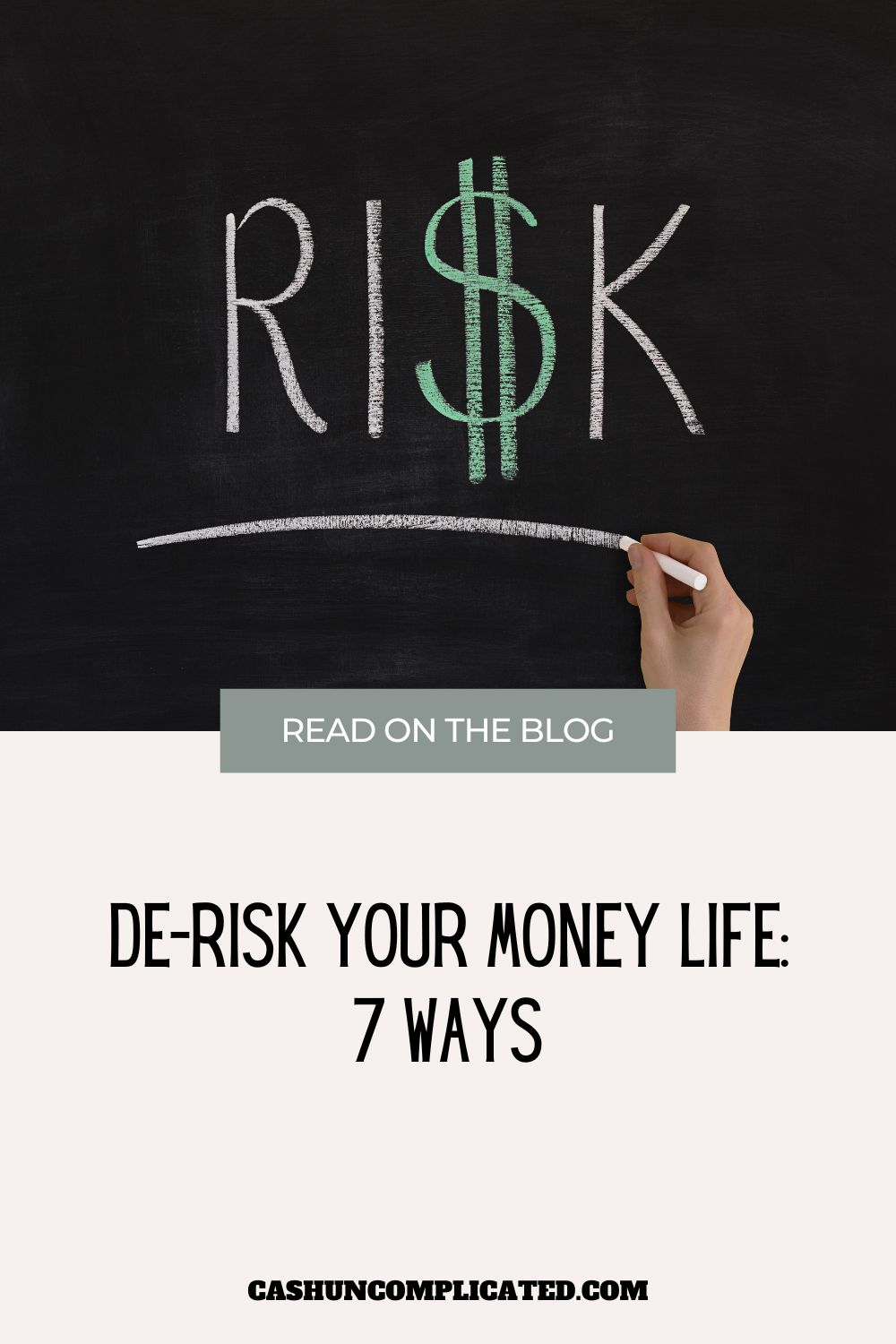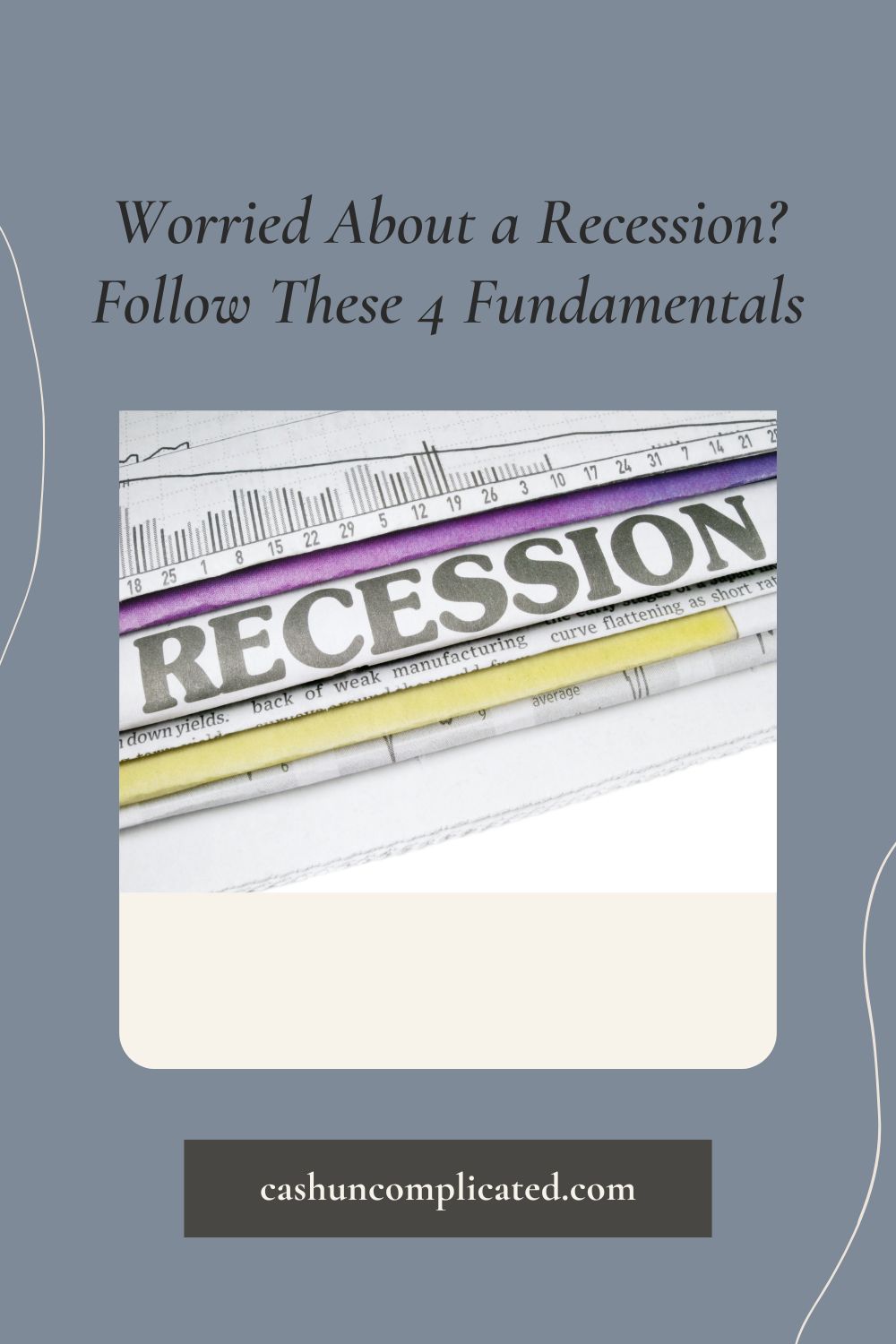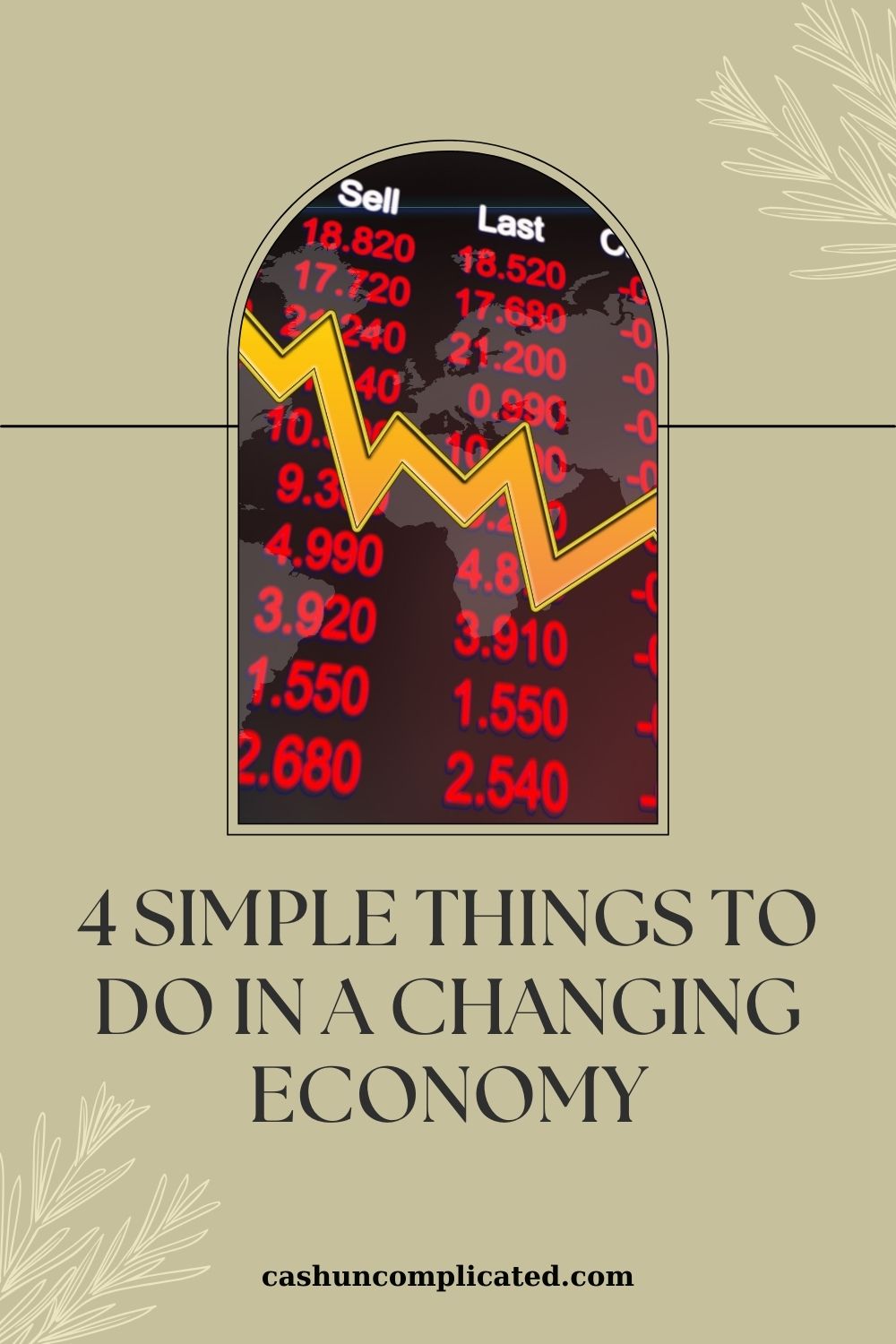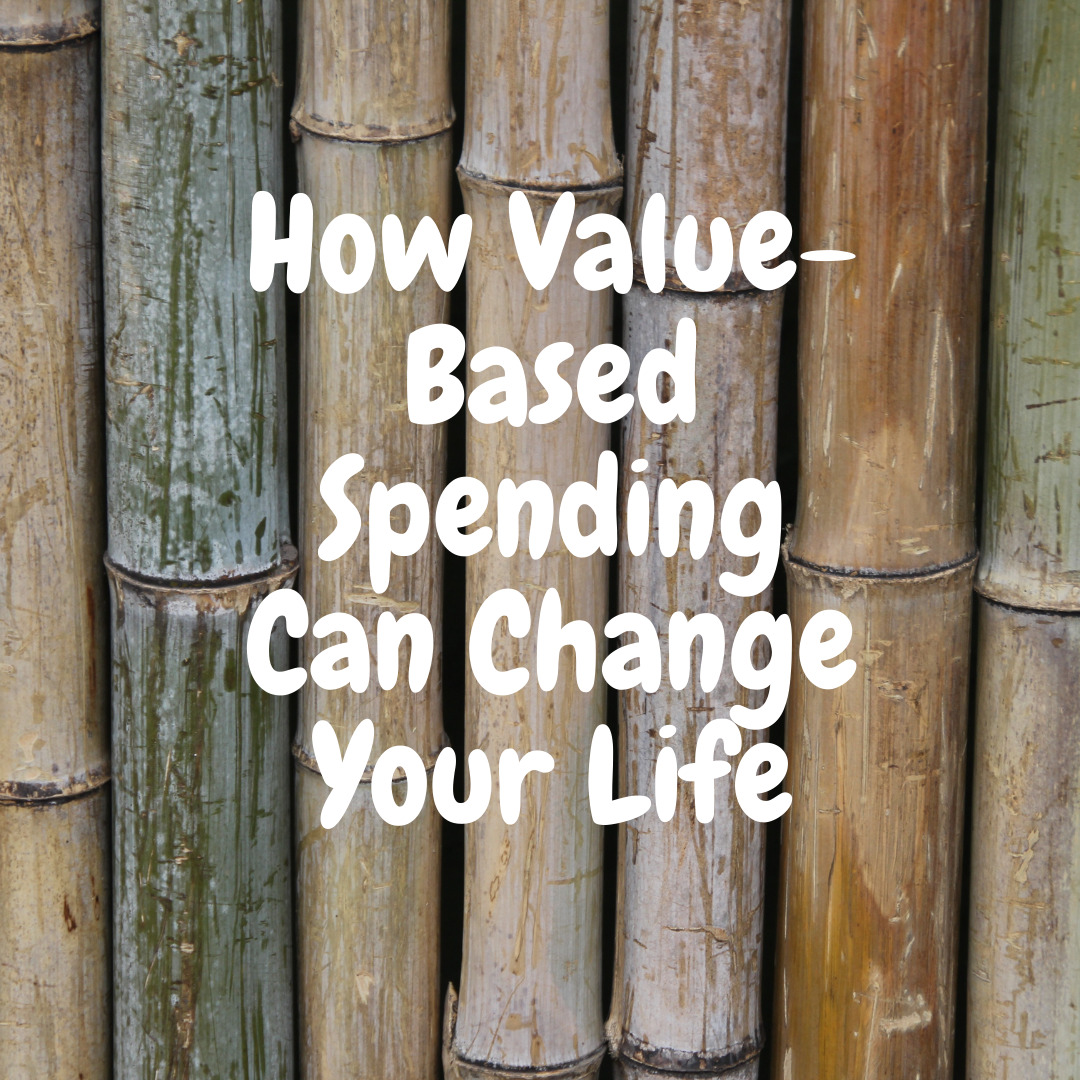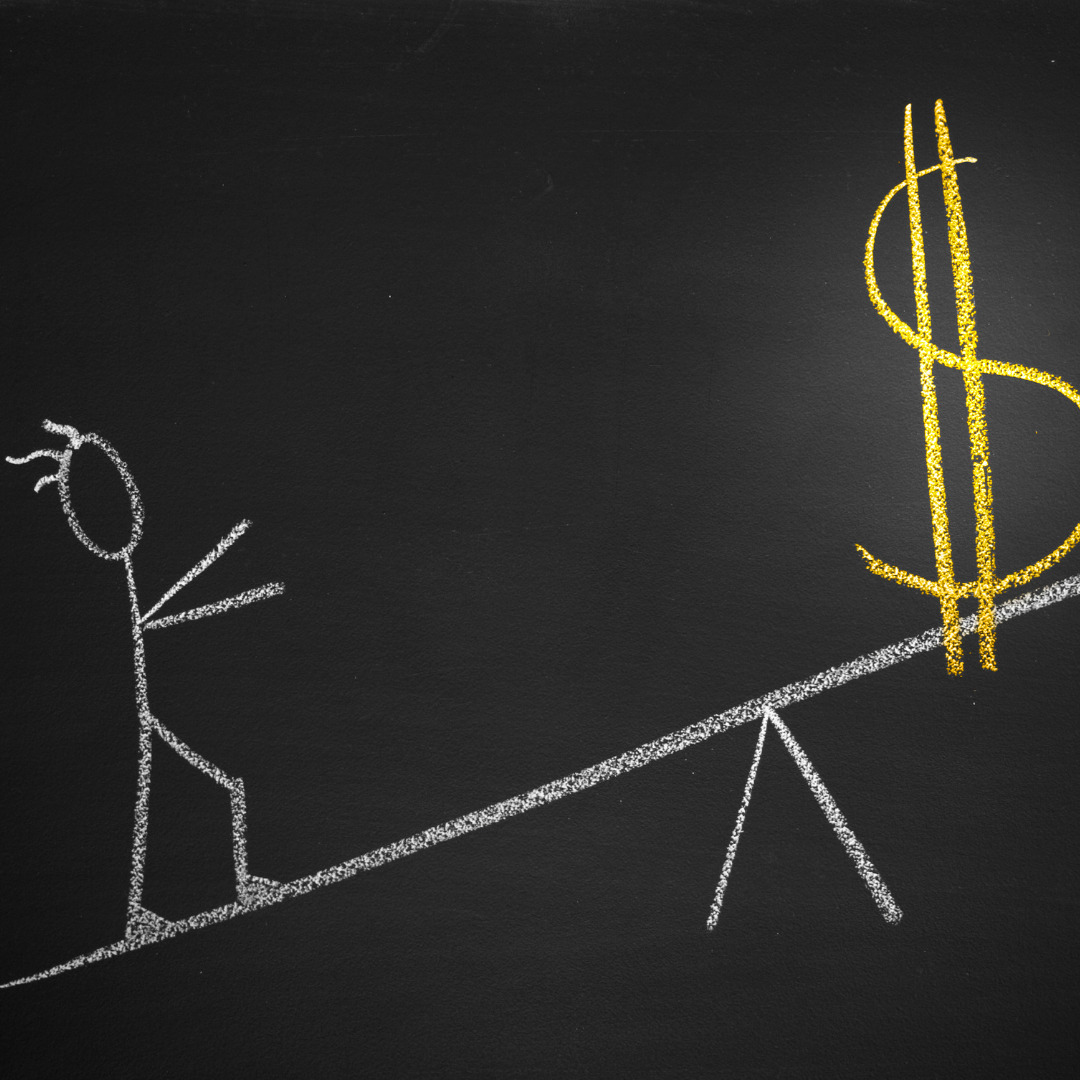You struggled for years with money like I did and have decided to turn around your situation. Great first step! You’re reading the personal finance classics like The Millionaire Next Door, The Richest Man in Babylon, Rich Dad Poor Dad, and the Total Money Makeover. Maybe you’ve even read my book Cash Uncomplicated.
You’re really improving your personal finances and wondering how far you can go. You begin to wonder about bigger financial goals, like becoming a millionaire and maybe even retiring early. How long will it take? Can you become a millionaire in 10 years or less?
Is It Possible?
Yes, it is possible to become a millionaire in 10 years or less. It’s not easy though, and unless you win the lottery or come into a financial windfall, there are no shortcuts. It requires planning, work, and execution. It’s definitely possible though.
Your Values
Before getting too deep into this post, you should probably take a few minutes to assess your values. Do you really want to become a millionaire or is that a number you came up with because it’s a historical metric for wealth? Is it possible to reach your personal and life goals on much less than a million? Or will one million put you short of your life and personal finance goals?
Assessing your values will give you the answers to these questions. It will also help you develop your why, or your reasons for wanting to become a millionaire in 10 years or less. When we have reasons behind our actions, those actions tend to become much more powerful and meaningful.
If you would like help assessing your values, read the first chapter of my book Cash Uncomplicated. There’s even a simple, easy to do exercise at the end of the chapter that will help you work through your values and gain clarity.
How Much Do You Need? Monthly, Yearly, and Rate of Return
In Stephen Covey’s book The 7 Habits of Highly Effective People, he writes about beginning with the end in mind. Since we already know that the end in mind is a million dollars or more in less than 10 years, we can begin reverse engineering that goal.
If we can figure out how much we need monthly and yearly, all we need to do is follow the blueprint, and the goal will be accomplished. For this post, we’ll assume that the rate of return is 10 percent. If you’re getting a higher or lower return, you’ll need to adjust your numbers accordingly.
To obtain one million dollars in ten years at a ten percent rate of return you need to invest a little under $58,000 per year. $58,000 invested for ten years at a ten percent rate of return would net $1,016,808. That would put you a little over one million dollars. Of course market fluctuations could increase or delay the amount of time.
Breaking that down monthly—$58,000 invested yearly divided by 12 months equals $4,833 per month. That seems like a lot of money, and it is a lot of money. That’s why a large part of this post is going to address how to come up with the money needed to invest such a large amount per month.
These numbers assume you are starting at zero. If you’ve already been investing for several years and have a good base of funds built up, your road to one million dollars in ten years or less is going to be easier. You’ll have the option to invest less or invest the same and meet the one-million dollar mark much quicker.
The Methodology to One Million in Ten Years or Less
We know that the financial goal is one million dollars in ten years or less. We’ve done the math on how to achieve that goal. We’ve even broken it up into how much we need to invest monthly.
Now comes the hard part—how we’re going to do it. The good news is that there are many ways to accomplish this. We’ll address a few here to give you a good start. I’m a big proponent of taking a multi-layered approach, which will be outlined below.
Begin With a Rock Solid Foundation—Eliminate Consumer Debt
Step one is to begin with a rock solid foundation. Much like in construction, if you don’t have a solid foundation, everything you build up is at risk of crumbling. If you’ve ever walked by a new construction site downtown where a skyscraper is being built, you’ll notice a massive foundation before anything else. Not until the foundation is firmly cemented do you notice the skyscraper actually going up.
It’s the same principle with trying to obtain one million dollars in ten years or less. It’s essential to have a rock solid foundation to support the financial moves you’ll need to make to obtain the money.
For me, that means eliminating consumer debt. I’ve written several posts about debt. Consumer debt is also covered in two of the chapters in my book.
Related: Debt Snowball, Debt Avalanche, or Hybrid Method: Which Should You Choose?
Related: What If You Sold Your Debt Instead of Paying It Off?
Trying to build up a financial fortune with consumer debt can be like running in quicksand. You’ll be able to build up your funds to a degree, but you’ll have those nagging bills charging you high interest rates holding you back. For example, if you owe $25,000 in credit card bills with 18 percent interest, you’re constantly being hit with interest charges.
Even if your investments make a 10 percent rate of return or higher, it’s still a far cry from 18 percent that the credit cards are charging you. Working to eliminate that credit card balance as quickly as possible will put you in a far superior financial position.
Assess Spending and Live More Frugally
Let’s start with something that can help you get out of debt and invest more. One of the easiest ways is to cut costs. Since I’m not the biggest fan of the term “cutting costs”, I prefer to approach it from a value-based mindset. Cutting costs implies deprivation, which I don’t like as an approach. A value-based mindset is much more sustainable long term.
In a nutshell, value-based spending is only spending on the things you truly value. If you value family, friends, and travel, then the majority of your disposable income will go towards those things. When people take a long look at their spending, they often learn that they have been spending on things that don’t really matter to them.
The next step is to eliminate or minimize spending on what doesn’t matter. You’re not cutting out things you enjoy, you’re simply focusing your spending on what does matter and moving away from everything else.
Make More
One of the fastest ways to accumulate one million dollars is to make more. Sounds simple enough—the more you make, the more you can invest. The more you invest, the faster you reach one million dollars—or any financial goal really.
The hard part is how to make more. It takes initiative and hard work. It’s not easy to make more (if it were, everyone would do it), but it definitely can be done. For tips on making more, read this post I wrote a few months ago.
Automate and Pay Yourself First
I write about this all the time. It’s covered in multiple chapters of my book and has been a subject of numerous blog posts. Automating your money is one of the most powerful things anyone can do to propel their personal finances to new levels.
Before paying your bills, spending money on travel, going out to dinner, or anything else—pay yourself first. Whenever you get paid, set up an investment account to automatically withdraw at least 10 percent of your income. Then live on the rest.
Set it up and you’re done until your income changes or you want to contribute more. There’s no having to think about transferring the money or feeling guilty for not contributing enough to your investments. Set up an investment account to automatically withdraw the money and the work is done for you.
Everyone I’ve talked to who has done this doesn’t miss the money at all. They learn to live on the remaining money and don’t even notice that the money is unavailable for monthly spending.
Automation and paying myself first are arguably the most important strategies I used to move my personal finances from living paycheck to paycheck to near financial freedom in just over five years. If you would like to go more in depth on automation and paying yourself first, read my book Cash Uncomplicated.
Invest
Another huge component of reaching one million dollars is investing. The reason we wrote about value-based spending, living frugally, automating, and making more is so that there is money to invest. All roads lead to investing.
Money in a savings account or stored under your mattress isn’t going to grow your money. It’s critical to invest and allow compounding to occur. Here are a couple quick examples to show the power of compounding.
- $100,000 lump sum invested at a 10 percent rate of return over 30 years equals $1,744,940. If that same $100,000 were put in a savings account at a one percent rate of return, it would equal $134,785 after 30 years. A life-changing difference of $1,610,155.
- $500 invested monthly for 30 years at a 10 percent rate of return equals $1,085,661. That same $500 invested monthly for 30 years at a one percent rate of return in a savings account equals $210,796. A difference of $874,865.
In both scenarios, investing made someone a millionaire. Putting the money in a savings account offered very little earnings. It’s an old cliché, but it’s true. Investing makes your money work for you.
This chart from my post The Road to a Million: How Much You Need to Save to Get to One Million Dollars and More shows the number of years it will take to reach one million dollars at different rates of return and monthly contributions.
Number of Years to Get to One Million Dollars
| Monthly Contribution | 5% Rate of Return | 6% Rate of Return | 7% Rate of Return | 8% Rate of Return | 9% Rate of Return | 10% Rate of Return |
| $100 | 76.0 | 66.5 | 59.4 | 53.8 | 49.3 | 45.6 |
| $200 | 62.3 | 55.0 | 49.4 | 45.0 | 41.4 | 38.5 |
| $500 | 44.9 | 40.3 | 36.7 | 33.7 | 31.3 | 29.2 |
| $1,000 | 32.9 | 30.0 | 27.6 | 25.7 | 24.0 | 22.6 |
| $2,000 | 22.5 | 20.8 | 19.5 | 18.3 | 17.3 | 16.5 |
| $3,000 | 17.3 | 16.3 | 15.4 | 14.6 | 13.9 | 13.3 |
| $4,000 | 14.2 | 13.4 | 12.8 | 12.2 | 11.7 | 11.2 |
| $5,000 | 12.0 | 11.5 | 10.9 | 10.5 | 10.1 | 9.7 |
| $6,000 | 10.5 | 10 | 9.6 | 9.2 | 8.9 | 8.6 |
Source: Blogger
For in depth analysis and key takeaways, read full post here. To summarize, these are four basic takeaways from the post:
- Rate of return greatly matters
- The earlier you start investing, the better
- Any increase in contributions helps reach one million faster
- Consistency is key
Combination of Factors to Reach One Million Dollars
There isn’t a magical formula to reaching one million dollars. The best thing to do is combine strategies. Make more, become a value-based spender (which naturally reduces spending), and invest.
Some experts, friends, and family will tell you the only way to be financially successful is to make more. Others will tell you that you have to spend less. Others will say you have to get high rates of return investing. My advice is to do it all and find a formula that works for you.
Set Goals and Make a Plan
Now that you have the numbers and methodology to reaching one million dollars, set a goal. If you want to reach that number in less than 10 years, you know how much needs to be earned and invested. If you decide that you want to do it in less or more time, adjust the numbers accordingly.
Then make a plan on how to reach your goal. Automate your earnings so that you contribute what you need to contribute to reach your goal. Follow the plan and revisit the plan to make sure you are on track. For in depth goal setting exercises, read chapter 17 of my book.
Education
Reaching one million dollars in ten years or less doesn’t happen without education. You have to understand how to go about doing it. Fortunately, it’s a lot easier to acquire financial literacy today than it was even a few years ago.
There are myriad blogs, articles, graphics, books, and podcasts that provide basic financial information. A couple hours per month should give most people enough knowledge to confidently pursue one million dollars or whatever their financial goal might be.
Ask financially successful friends and family for resource recommendations. A simple Google search will work as well.
Find a Millionaire Mentor
Mentors speed things up and make the process go smoother. Whether that mentor is in business, family life, personal development, or personal finance—a good mentor will provide you with sage advice, wisdom, and warn you of potential pitfalls. A good mentor can take years off your goals and help avoid some of the trials and tribulations they went through when they were in your position.
When picking a mentor in personal finance, it may be tempting to just look for someone who is wealthy, or appears wealthy. Avoid that pitfall. Find someone who not only is successful with their personal finances, but someone who is also successful in other areas of life you value.
If you highly value strong work-life balance and time with family and friends in addition to financial success, pick a mentor who shares those same values. A mentor with shared values is much more likely to provide you advice and feedback relevant to your life situation.
A lot of people do well with their personal finances, but may be unsuccessful in other areas of their life. For example, if you find a mentor who does well financially but works 80 hours per week and barely gets to see their kids, that probably isn’t the best mentor for you. Your goal is time with family and success with personal finances, not just acquiring and saving more money. Find a mentor successful in that area of life.
Summary
It is definitely possible to reach one million dollars in ten years or less. The good thing is you don’t have to be perfect either. This post gives multiple strategies and methods to reach that amount of money. There are endless ways to do achieve the goal. You don’t even have to do them all, or do them all well to succeed.
If you can do a few things from this post (or other sources of information) well, you have a very good chance to reach that financial goal. Assess whether a million dollars in ten years or less is something you really want, set a goal, make a plan, and then take action using some or all of these strategies.
Is a million dollars in ten years or less a goal of yours? What is your ten-year personal finance goal?






